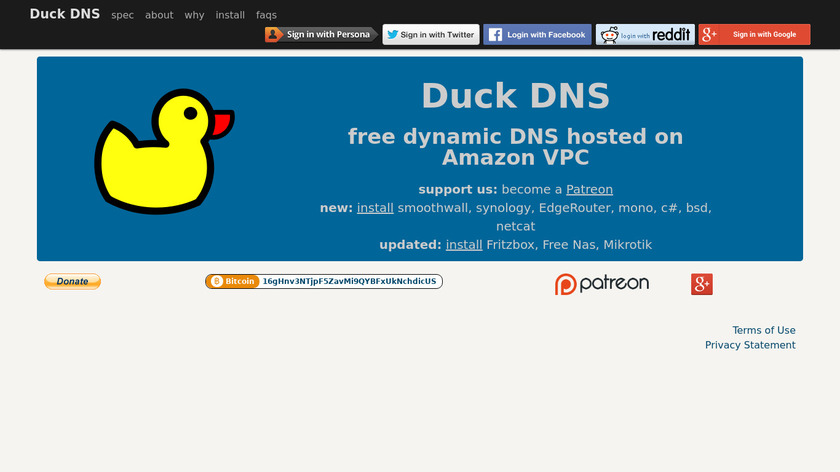Front-End vs. Back-End Web Development

This post will explain front-end vs back-end vs full stack. Sites have actually become a crucial component for any organization that seeks to flourish and remain competitive. Since June 2020, the number of sites has actually reached 1.7 billion. A lot of sites are a result of UX/UI, front-end and back-end advancement. In this article, we’ll take a more intimate look at what front-end and back-end designers do, and what places them aside.
Front-End vs. Back-End Web Development
In this article, you can know about Front-end vs back-end vs full stack here are the details below;
Front-End Development
A front-end developer is liable for a website’s ‘look and feel’. This includes side and photos filling time, navigation, texts, visual and sound impacts, page design, and so on. To place it in a nutshell, the front-end is what you can understand and connect with in your web browser.
An outstanding front-end experience is necessary to attract and keep users. It is very important to note that front-end development is different from web design, despite the fact that they both normally deal with the visual and interactive side of a site.
The design of front-facing elements isn’t the area of specialization of a front-end developer; this is the task of a web designer, or more particularly, a user interface designer. A front-end developer is responsible for providing functionality– they transform the style into a live, interactive site.
Languages and Tools
HTML, CSS, & JS are the main means that front-end developers utilize.
HTML
HTML (HyperText Markup Language) is a markup vocabulary that arranges web material in such a way it can be revealed by a web internet browser. It can be also utilized in combination with CSS, VBScript, and JS.
CSS
CSS (Cascading Style Sheets) is a fashion sheet language utilized for explaining the presentation of websites, including colors, layout, and fonts. It allows adapting the discussion to different varieties of devices. CSS is independent of HTML & can be used with an XML-based markup language.
JS
JS (JavaScript) is a scripting dialect that is utilized in both front-end and back-end advancement. It enables dynamic website content creation and control– if you see a websites displaying interactive maps, animated 2D/3D graphics, scrolling video jukeboxes felt confident JavaScript is required.
In addition to facility in those languages, web designers require to have some additional understanding in AngularJS, EmberJS, Bootstrap, Backbone, Foundation that guarantee great-looking material, and libraries like jQuery and LESS, that package code into a better, time-saving kind.
Back-End Advancement
The back-end is typically called ‘server-side’ since the scripts are run not on the pc, but on the server that receives the website and sends down the HTML code. In opposition to a front-end developer, a back-end developer describes the core computational logic.
To make things fair, a site’s backend is made from three parts: a database, an application, and a server. A back-end developer composes code that allows these components to work together to carry out functions and send information to end-users.
Languages and Tools
It’s notable that the path for back-end web advancement can be a bit less precise as there are many shows languages to use. Therefore, back-end designers have narrowed their choices to the ones that fit a particular job best.
Given that most of the websites are vibrant, there is a necessity to make a database function correctly. There are groups of languages that are used in back-end developing such as Java, Python and PHP, Ruby, NodeJS, etc. While every developer request that their preferred language is the best, all of these words assist to resolve specific issues.
PHP
PHP (Hypertext Preprocessor) is a back-end scripting vocabulary. It is used to develop static and active websites or web credentials in retail and e-commerce, insurance coverage, banking, logistics, education and governmental sector.
Ruby
Ruby is an interpreted, general-purpose programming language. It’s utilized primarily for web app development in various spheres: e-commerce, media and entertainment, sporting & physical fitness, socials media, etc
Python
Python is a programming style that uses an object oriented approach to assist developers with composing clear and rational code for small and large-scale jobs. It is used to develop a wide variety of sites and web applications, GUI applications, games, and many more.
Java
Java is a highly portable programs language. It is planned to let developers write when, run anywhere, which implies a designer can produce Java code on one method and run it on any other Java-enabled system with no adjustment.
To manage low-level back-end tech details, designers employ libraries and frameworks like Django for Python, Rail for Ruby, Symphony for PHP, and so on
The Inequality Among Back-End and Front-End: To Put It Simple
If you still can’t get your head around the two ideas, here are a few examples to assist you with that. Let’s state you open a Facebook page. Its back-end identifies how your friends’ posts will be shown in the timeline while its front-end screens this info via the user interface.
Or picture you open Google Maps to get somewhere. Once you enter your starting point and location, your search query is sent to the back-end that is worked on Google’s servers. The back-end defines the most effective paths and sends them back to you. The front-end receives this info and reveals it on your map.
Full-Stack Advancement
It’s thought that the role of a full-stack designer was promoted some years ago by Facebook’s engineering department. The idea is that when a developer ends up being full-stack, they begin working with both the front-end and back-end advancement.
Full-stack developers can be seen as generalists. They are expected to understand every level of web development works. They have to be effective in contributing to the frontend, backend, databases, and also ship the task utilizing numerous dev-ops tools.
Bottom Line
Although front-end and back-end usually carry out various functions, something’s for certain: they are both essential to make a site work. In the contemporary world, there’s not actually an industry standard for what’s always in the front-end and what’s constantly in the back-end and developers often require some cross-discipline understanding.




